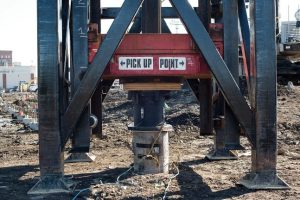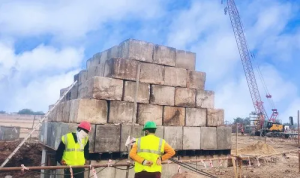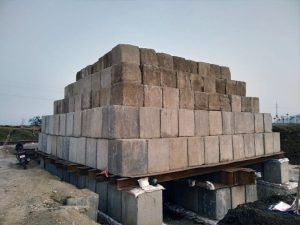Building on Strength: The Role of Pile Testing in Structural Safety
Pile testing is a fundamental process in geotechnical engineering used to assess the integrity, strength, and load-bearing capacity of deep foundation elements known as piles. These tests ensure that the piles can safely support the structural loads as designed, especially in challenging soil conditions. Pile testing helps verify construction quality, detect possible defects, and validate design assumptions before full-scale construction begins. It is an essential step in infrastructure projects such as buildings, bridges, flyovers, and industrial facilities, where deep foundations are required to transfer loads to deeper, stable soil layers. Various testing methods—such as static load tests, dynamic load tests, and integrity tests—are employed depending on project needs and site conditions.

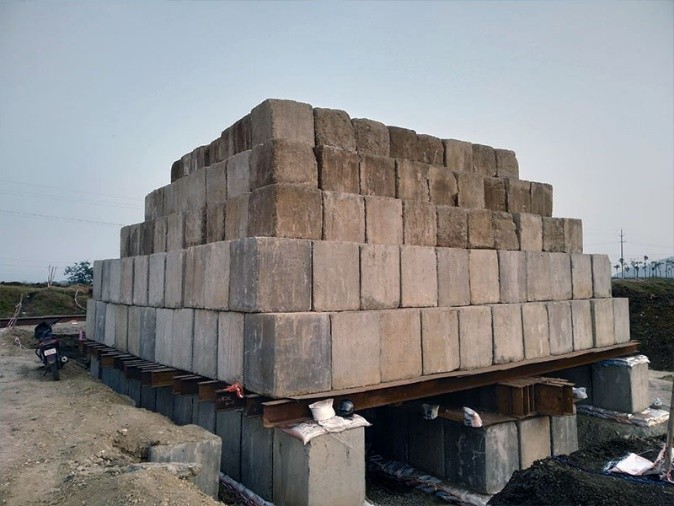
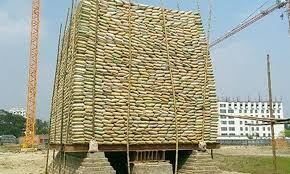

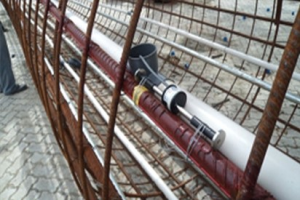
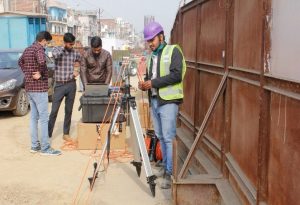
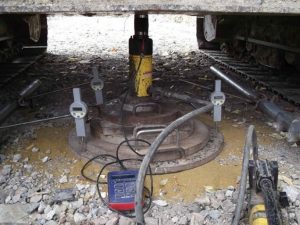 Advantages:
Advantages: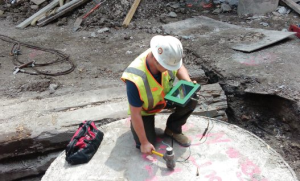 Quick, non-destructive.
Quick, non-destructive.